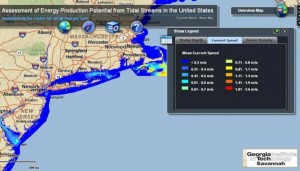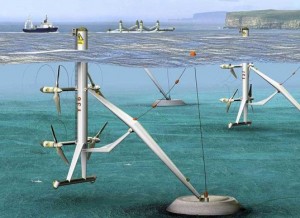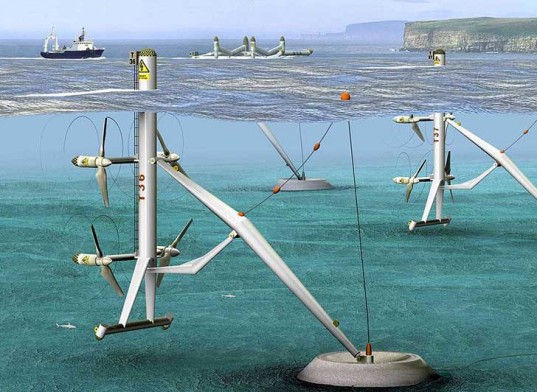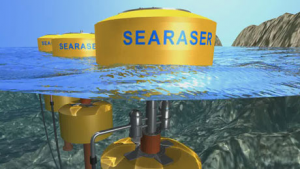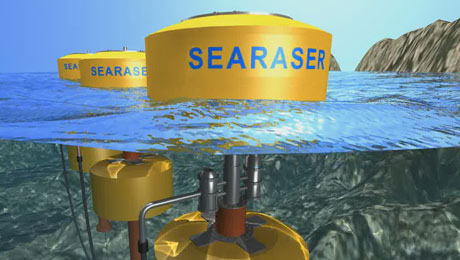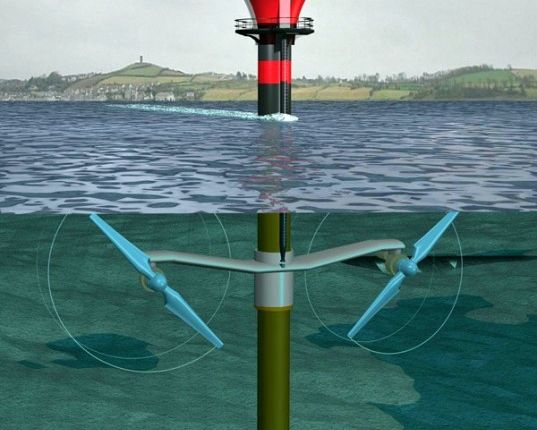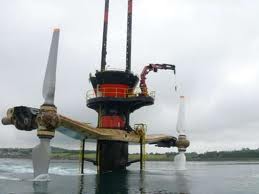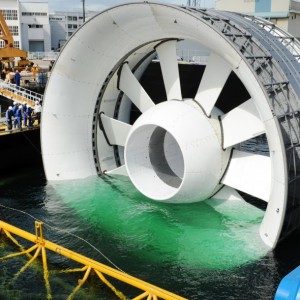
To make bold, sweeping changes, sometimes you need to implement a massive plan. Foster + Partners, in collaboration with Halcrow and Volterra, have unveiled a vision for Britain that completely re-imagines transportation and energy infrastructure. The study proposes a giant spine running the length of the UK which combines rail, energy, communications and data. A new hub, located on the Thames, will create a river barrier and crossing, an international airport, a tidal power plant, and a shipping and high speed rail complex. It is only in dreaming big that we can begin to overhaul our inefficient systems and transport ourselves into the future, and this plan is one way to get there.
Foster + Partners, Halcrow and Volterra have worked together on a self-funded study to produce a detailed vision for the Thames Hub. The study is unique for its scale and strategic cross-sector thinking and the outcome is a holistic vision for future infrastructure development in Britain.
(more…)
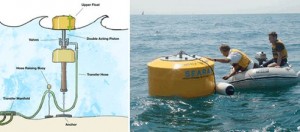
 Follow
Follow